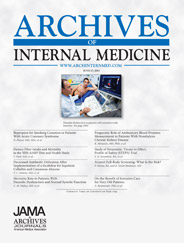
If Retraction Watch was actually a business, as opposed — for the moment, anyway — to a labor of love for two guys with day jobs, 2011 would have been a very good year for business.
It was a year that will probably see close to 400 retractions, including a number of high-profile ones, once the dust settles. Those high numbers caught the attention of a lot of major media outlets, from Nature to NPR to the Wall Street Journal. Science publications, including LiveScience and The Scientist, have done their own end-of-year retraction lists.
It was also a good year for us at Retraction Watch. Many news outlets featured us in their coverage, either picking up stories we’d broken or asking us for comment on big-picture issues. Three national NPR programs — Science Friday, On the Media, and All Things Considered — had us on air. We launched a column in LabTimes, and Nature asked us to write a year-end commentary. We even earned a Wikipedia entry. Continue reading The Year of the Retraction: A look back at 2011








